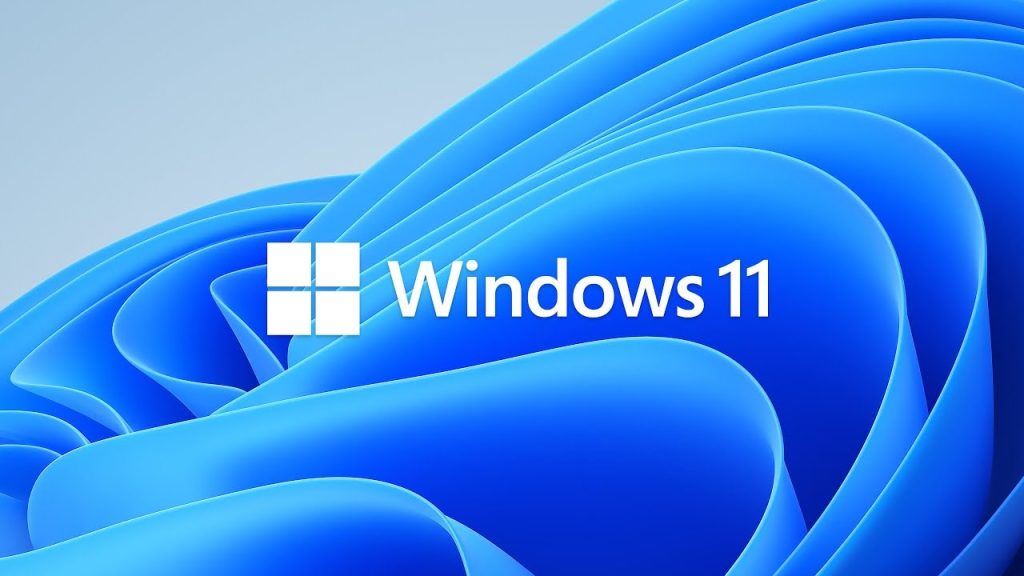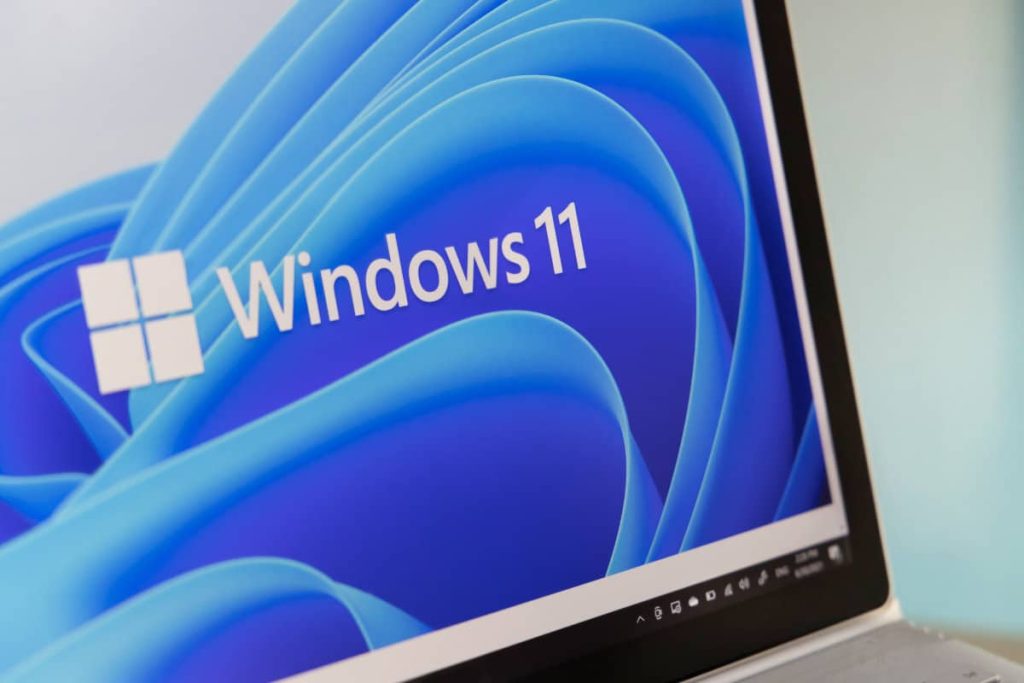How to Open BIOS in Windows 11– Similar to its predecessors, Windows 11 also supports accessing the BIOS or UEFI to set low-level configurations and resolve minor problems. As an avid tech lover or casual user, everyone should know how to enter the BIOS. During this guide, you’ll learn numerous procedures to open BIOS on your Windows 11 PC.
Read: How to Upgrade Windows 11 Home to Pro?
Why Access the BIOS?
Before we proceed with the methods, let’s have a quick overview of when and why you need to get into the BIOS: your requirements will vary depending on the overall goal.
- Hardware Configuration: adjust settings such as boot order, RAM frequency, CPU clock speed, and screen overclocking.
- Troubleshooting: if the system does not boot correctly, or in case of hardware failures in the computer system, you need to identify the problem.
- Security: BIOS configuration allows you to enable or disable Secure Boot, TPM, and other virtualization features.
How to Open BIOS in Windows 11
Method 1: Press the BIOS Key During Startup
- Restart your computer.
- Keep an eye on the splash screen. As your system reboots, you may see the manufacturer’s logo screen, often known as a splash screen. This screen usually contains the brand of your computer or motherboard manufacturers.
- Press the BIOS key. Before you log into Windows, you will rapidly see a message telling you which key to press to see the BIOS. F2, F10, Delete: It is frequently a unique key. Just press the BIOS key.
Method 2: Using Windows Settings
- Open Windows Settings: Windows + I can open the Windows Settings.
- Navigate to Recovery: “System” and “Recovery” will need to click on the left sidebar to do so.
- Advanced Startup: “Restart now” do so under the “Advanced Startup” section.
- Choose an Option: After the restart, the “Choose an Option” screen appears.
- Access UEFI Firmware Settings: Then Use Troubleshoot > Advanced Options > UEFI Firmware Settings and hit “Restart.” Your PC will boot into BIOS mode.
Method 3: Shift + Restart
- Hold Shift: While in Windows 11, hold the Shift key.
- Click “Restart”: On Windows 11, click the “Restart” option you see anywhere in the OS.
- Advanced Boot Menu: Your PC will Restart to the Advanced boot menu.
- Accessing UEFI Firmware Settings: Go to Troubleshoot > Advanced Options > UEFI Firmware Settings and click “Restart”.
Conclusion
Now that you know how to open BIOS in Windows 11, you’re free to boot customization, troubleshooting, and increased security. The BIOS access skill is essential for any Windows user who wants to maintain full control of their PC, whether they’re more comfortable with the traditional keyboard-based method or through the UEFI interface. Take your time and figure out what works best for you when tweaking! I hope that my guide about different methods to open the BIOS was beneficial and understandable. If you have any additional questions, please, ask.



